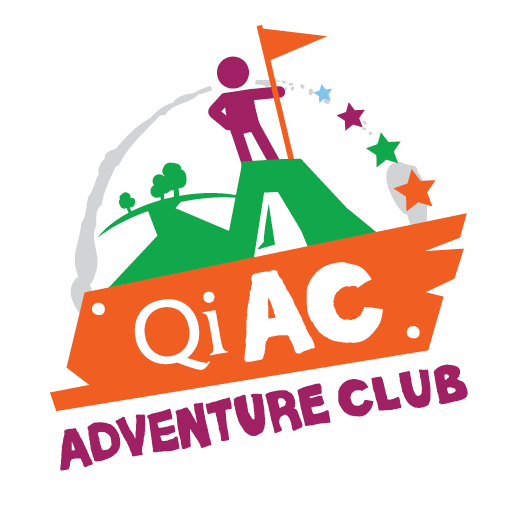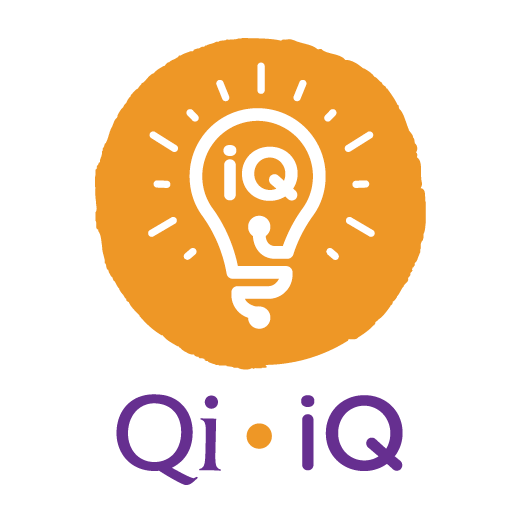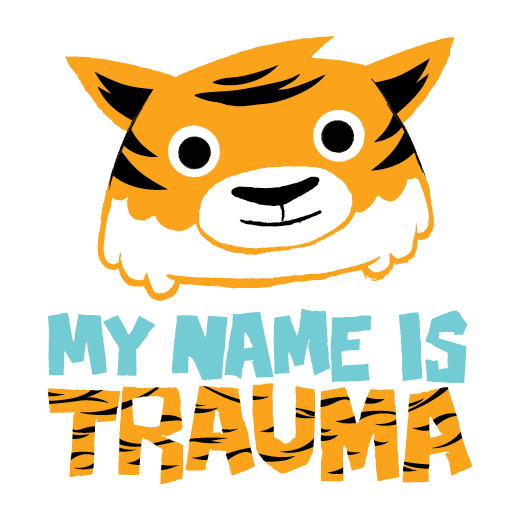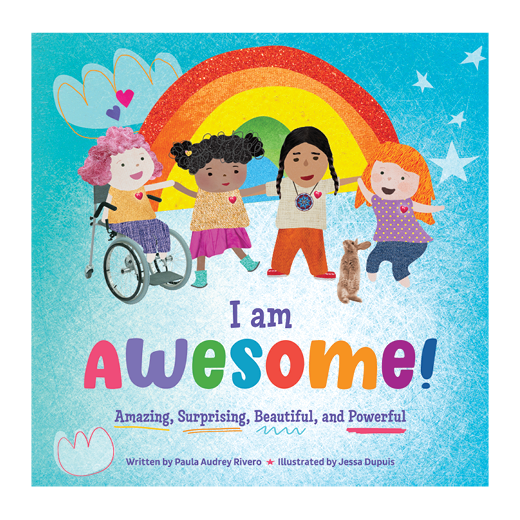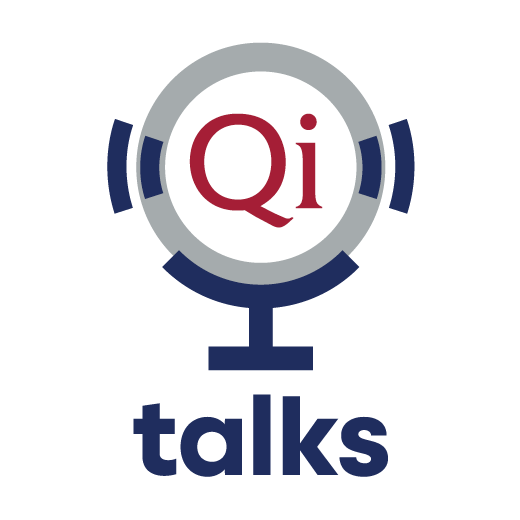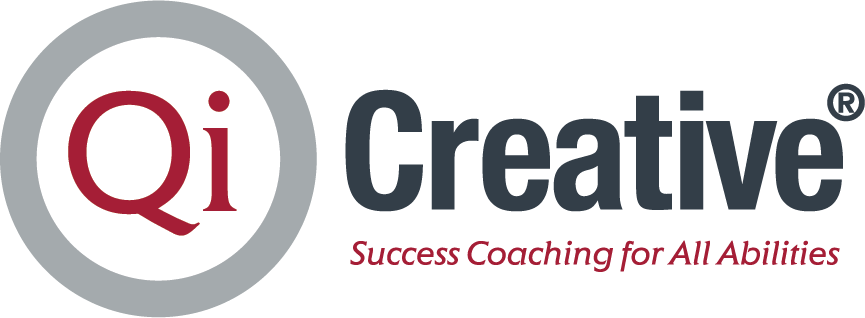Canadian Down Syndrome Week: History and Book List
Canadian Down Syndrome Week occurs in early November of every year. For this week, we wanted to share some more information and resources about Down syndrome.
A very brief history of Down syndrome
Down syndrome is named after British doctor Langdon Down, who described the syndrome in the late 1800s. For typical naming conventions, “Syndrome” is not capitalized, and it should also not be “Down’s” as he did not have the syndrome himself. “Down syndrome” is the term used throughout this blog.
Down syndrome indicates that there is an extra copy of the twenty-first chromosome. In most cases, the person has nondisjunction Down syndrome: this means the entire twenty-first chromosome is repeated at the correct chromosome giving the person three instead of two.
Mosaic and Translocation
There are two additional types of Down syndrome—mosaic and translocation. In translocation, part or all of the twenty-first chromosome is copied, but attaches to other chromosomes. With mosaic, on the other hand, not every cell has an additional chromosome. This indicates that the repeated chromosome happened after cell division in early fetal development.
Same syndrome, different ability
Image: A man stretches in a sporting field.
People with Down syndrome either have it, or they do not. However, the effects on behavior, communication and socialization, cognitive development, physical motor skills, and self help and adaptive functioning may be different for different people.
For instance, a four-year-old with Down syndrome may be able to walk, use verbal communication, and participate in regular preschool classes. Another four-year-old may prefer nonverbal communication and thrives in a homeschool setting. Neither has ‘more’ Down syndrome than the other, but one is affected differently.
People with Down syndrome are often able to participate in general education settings, social groups, or other activities. Many people with Down syndrome are able to work and live independently.
Therapies for living well with Down syndrome
People with Down syndrome often have low muscle tone, or hypotonia. This is where Qi Coaches can help provide Occupational or Physical therapy to strengthen various muscles.
For some children beginning therapy, they will participate in both OT and PT simultaneously so that the PT can build gross motor skills, and OT to learn everyday movements needed to complete life skills (sometimes also called Activities of Daily Living, or ADLs) like using stairs, preparing breakfast, putting on socks and shoes, or trying a new hobby or skill like crochet.
Keep in mind that people with Down syndrome are very capable, but they sometimes need extra support. Many programs advocate for early intervention programs to help them achieve interests and goals. The earlier they receive thyroid testing or interventional therapies, the better and more effective a person’s outcomes and goals can be achieved.
Thyroid function is often compromised with Down syndrome, which may impede cognitive function. With early testing, medications can be started as early as six months old. Most children will be tested several times a year if they are on medication to make sure that as they grow, their medication is working properly in tune with function and development.
Down syndrome in Community
John Cronin, of John’s Crazy Socks. Image from PRWeb
There are many musicians, fashion models and designers, actors, chefs, and motivational speakers with Down syndrome.
An American television show, Born This Way (2016) followed several people with Down syndrome and the complexities of their lives from chasing careers to navigating relationships.
John’s Crazy Socks is a fashion brand that promotes the work of those with Down syndrome. In our local community, actor Aaron Waddingham was cast in a Nintendo Switch commercial.
In 1980, the average life expectancy of a person with Down syndrome was around 28 years old. In present times, it is nearly 60. In the last forty years, we have learned far more about health concerns uniquely affecting those with Down syndrome like heart defects, stomach issues, seizures, and sleep apnea. The ability to treat these problems has increased life expectancy. We have also developed more comprehensive treatments and approaches for a variety of challenges.
The Lucky Few Tattoo
Many parents of children with Down syndrome have a tattoo of three arrows. It is called “The Lucky Few” and symbolizes the three copies of the twenty-first chromosome. You can also follow #TheLuckyFew as a tag on some social media platforms.
However, it is also three arrows for a reason. When you pull back an arrow, it has potential to go places, but once you let it go, it can often go farther than you expected.
People with Down syndrome are the same way—historically, socially, and medically held back from their potential for entirely too long. Like a practiced archer with her arrows, an arrow must be released—and see how far they can fly.
For More Information
Down Syndrome Answers - 10 Canadians with Down syndrome answer the most-asked questions about Down syndrome in high production videos.
Canadian Down Syndrome Week - Website by CDSS
Edmonton Down Syndrome Society - Local Charity
Down Syndrome Publications - Reading materials and information for all stages of life with Down syndrome
Book Recommendations
The below recommendations were compiled in collaboration with the Edmonton Public Library.
Audiences range from adult (i.e. memoirs about parenting children with Down Syndrome, guides and documentaries) to children and teens (i.e. basic intros for kids, fiction featuring characters with Down Syndrome). As well, there are both videos and books!
Not Always Happy: An Unusual Parenting Journey
In "Not Always Happy," Kari Wagner-Peck describes the journey she and her husband took as they adopted their son Thorin, a toddler with Down Syndrome. She recounts both the triumphs and the challenges their family faced as they worked to create the best possible life for their son.
Greater Expectations: Living With Down Syndrome in Twenty-first Century Australia
Based on more than sixty personal interviews and supported by scholarly research, this book shows the varied attitudes and approaches which together make up the rich experience of living with Down syndrome in a changing society.
Early Communication Skills for Children With Down Syndrome: A Guide for Parents and Professionals
Newly revised and updated, this compassionate and authoritative guide is based on Dr. Libby Kumin's thirty years of experience of working with children and adolescents with Down syndrome and their families. Dr. Kumin draws on her vast experience to show parents how they can support and encourage their child's speech and language development from birth to age 6 (or when a child can form 2- to 3-word sentences).
Down Syndrome Parenting 101: Must-have Advice for Making your Life Easier
Down Syndrome Parenting 101 is a savvy book for parents, grandparents, teachers, and anyone who shares life with a person with Down syndrome! It's full of uplifting advice and best practices gleaned from the author's personal and professional experiences raising a son, now an adult, and teaching educators and parents how to teach children with Down syndrome to read.
My Friend Has Down Syndrome
Beginning readers are introduced to different characters who have Down syndrome and how Down syndrome may affect their actions.
What Happens When Someone in My Family Has Down Syndrome?
Kids who have someone in their family with Down syndrome might wonder about their family member's unique differences. This guidebook will help children who have questions about Down syndrome. What is it and how is their family member different? How can young readers respond to questions from their own friends about their family member? The age-appropriate text and full-color photographs presented in this sensitively written book will help children tackle questions and situations that might arise.
This Is Ella
Ella is a happy, fun-loving girl who is just about to start school. Ella also has Down Syndrome. This picture book introduces children to themes around friendship and inclusion, as well as presenting some facts about Down Syndrome.
My Sister, Alicia May
This picture book is written from the perspective of Rachel, who describes both the love and the frustration she feels in being a big sister to Alicia May, who has Down syndrome.
Hansel and Gretel: A Fairy Tale With A Down Syndrome Twist
This re-telling of a classic fairy tale has a twist -- Hansel is a mischievous and courageous little boy, who also has Down Syndrome. From this book, children will learn how capable and determined children with Down Syndrome can be, as well as the power of kindness.
One-third Nerd
In this kid's chapter book, ten-year-old Liam and his two younger sisters, precocious third-grader Dakota and second-grader Izzy, who has Down syndrome, face the possibility of losing their beloved dog, Cupcake.
Superb: Vol. 1, Life After the Fallout
In this post-apocalyptic graphic novel, Kayla is reunited with her long lost best friend Jonah, who has Down Syndrome. Together, the pair try to track down the latest internet sensation, superhero Cosmosis. Little does Kayla know, there's more to Jonah than meets the eye...
Metaphase
Ollie, a boy with Down syndrome, wants to have powers just like his superhero dad. But with congenital heart defects, his father has no intention of letting his son get in harm's way. Enter Meta-Makers, a company run by an egomaniac that promises to give Ollie the super powers he so desires - but at what cost?
Born With: Erika and Gianni
Lorna Schultz Nicholson tells a tale of two teens who help each other to find their own versions of success and acceptance.
Cinderella-Grace Vancouver Princess: A Fairy Tale
In this kids chapter book, a woman with Down Syndrome falls in love with her prince charming.
Mi hermano persigue dinosaurios: la historia de Gio, un niño con un cromosomo de más
Giacomo wants nothing more than a baby brother to play with. When his brother Giovanni is born, Giacomo understands that there is something very special about him. Later, he learns that Giovanni has Down Syndrome. This kid's chapter book is the story of two brothers who are best friends.
The Peanut Butter Falcon
An adventure story that begins when Zak, a young man with Down syndrome, runs away from a nursing home where he lives to chase his dream of becoming a professional wrestler and attending the wrestling school of The Salt Water Redneck, his idol.
Girlfriend
This movie is a coming-of-age drama exploring the nature of love and human compassion. Evan, a young adult with Down syndrome, lives with his mother in a poor, working-class town. When he unexpectedly inherits a large sum of money, he decides to use it to help out his friend and high school crush, Candy, a single mother deeply in-debt and facing eviction.
Monica & David
This documentary explores the marriage of two adults with Down Syndrome and the family who strives to support their needs. Monica and David are blissfully in love and want what other adults have, an independent life. Full of humor, romance, and everyday family drama, intimate fly-on-the wall footage is used to reveal the complexity of their story.
Down Syndrome: You Can’t Ask That
You Can’t Ask That asks people with Down syndrome the awkward, inappropriate or uncomfortable questions you've always wanted to know the answers to, but never had the guts to ask.
Tying your Own Shoes/En Laçant Mes Souliers
Petra, Matthew, Katherine and Daninah offer an inside perspective about what it feels like to be born with Down Syndrome. This animated documentary combines self-portraits with first-person narratives to challenge widely-held stereotypes about Down Syndrome.
This list may appeal to a wide range of interests, viewpoints, and tastes. This list may include titles that you do not enjoy, or that may not be suitable for everyone. Please use your own discretion.
